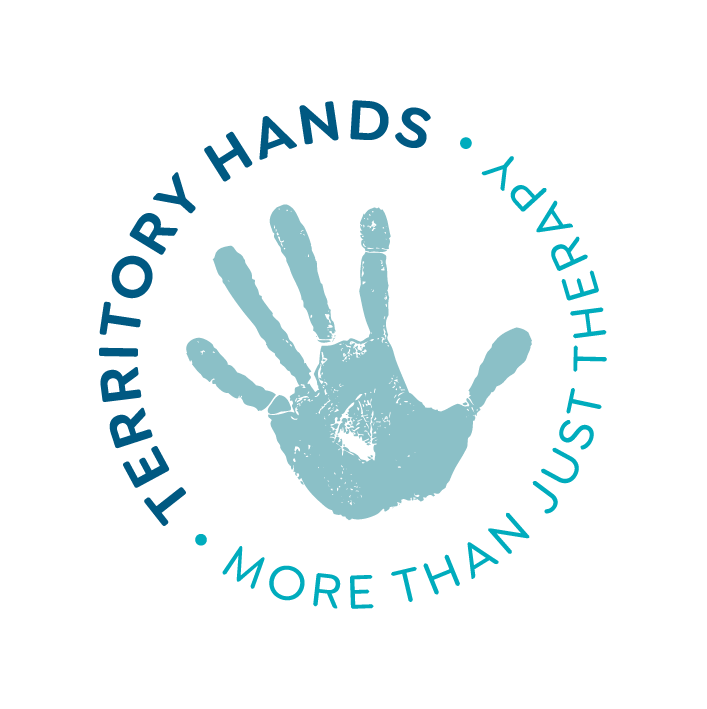“How long will I be out of the game?” is one of the first things asked after an injury. Everyone is dying to get off the sidelines or back to the gym. One very important aspect of what we do when treating sports injuries is to get you back to sport safely as well as quickly. This involves discussion about the sport or activity you want to do, the type of stress your finger would be subject to and how severe your injury has been. If you are involved in a team sport an OK from your coach (and doctor) is a good idea too.
Both innovation and skill come into the next step - a sport splint. We work with you on design and then make a splint that’s perfect for your sport. This will ensure your finger is protected well when you hold the bat, mark a ball or head to the gym.
Photo
A splint is used in sport for at least the first 6 weeks after injury. At that point, if the joint is stable, your movement has improved and your finger is less painful, the splint can be replaced with taping or buddy strapping. Once your finger is strong, mobile and pain free, no more taping is required.
What to do with a grumpy joint?
Strength and movement are vital for your finger and hand to work properly. Sometimes dislocated fingers can be irritable, stiff and “grumpy”, which impacts how you use your hand. There are some tricks we can use to settle down a sore grumpy joint and gain movement. Thankfully for most people these joints settle quite quickly once you have the right techniques to soothe them.
What about stiffness?
Frequently people have trouble with regaining finger extension (straightening your finger). If your joint is stubborn, it will take hard work to get your finger moving. Your hand therapist will give you exercises to strengthen the muscles, finger stretches and a night time splint to provide a gentle stretch and maintain your gains in movement. During the day, the priority is getting the bending in your fingers often by using your hand.
Building up strength is the easy part after a dislocated finger. Putty, resistance balls, and other exercise tools are used extensively following these injuries.
But the very best thing you can do is get back to using your hand for all your normal activities including sport!

